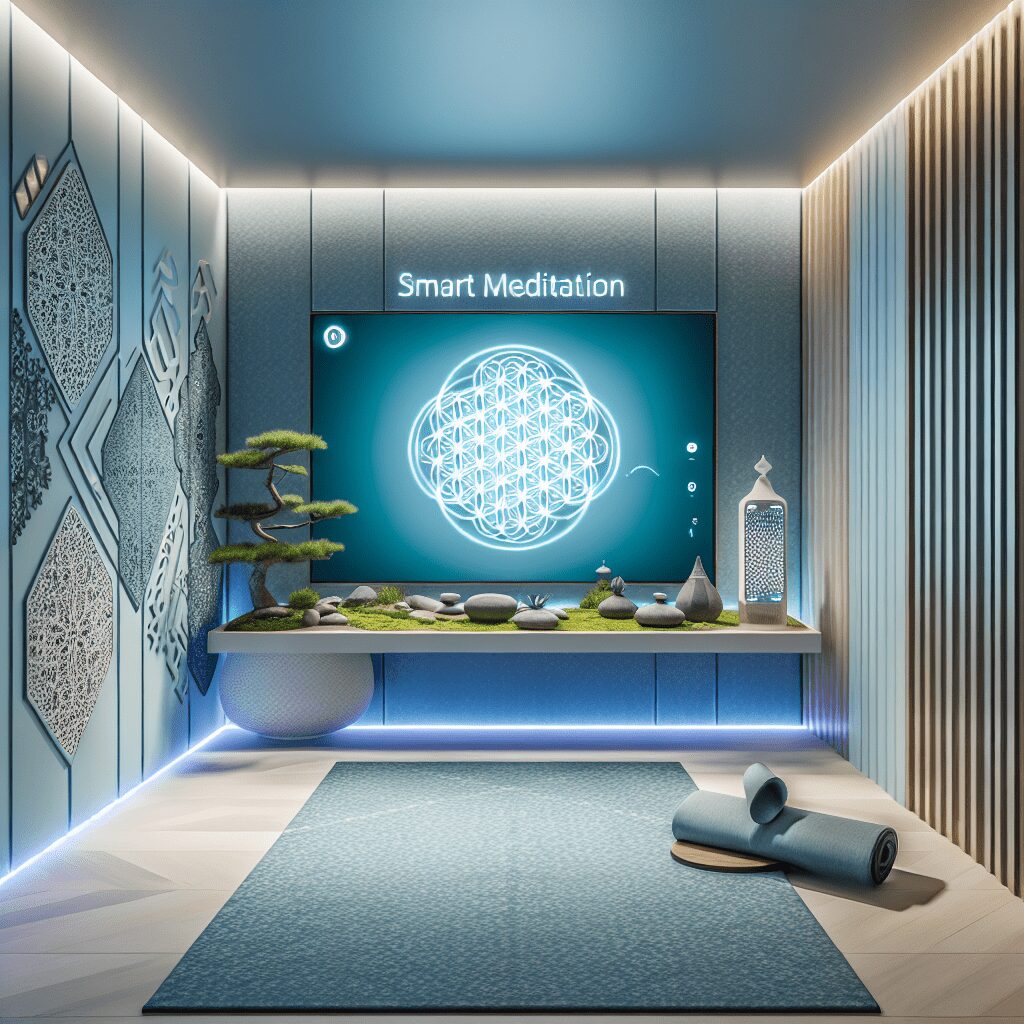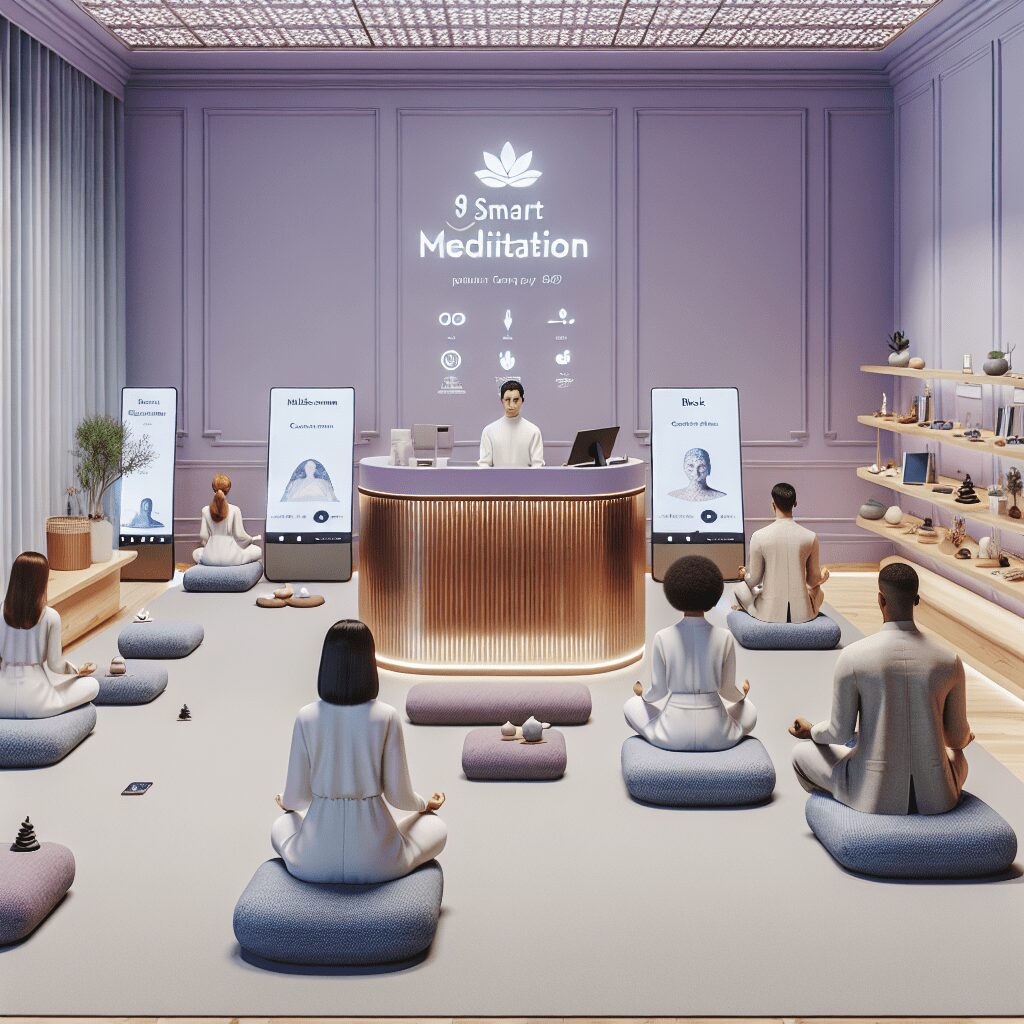
Prioritize your mental well-being daily. Enhance your life by nurturing your mental health with the Smart Meditation app. Break free from stress, alleviate anxiety, and enhance your sleep quality starting today.
How To Sit Meditation?
Mastering the Art of Meditation Seating
Embarking on a meditation journey? Great choice! But before you dive deep into the realms of mindfulness and inner peace, let’s tackle something crucial yet often overlooked – the seating position. Yes, you’ve read it right. How you plant yourself during meditation can significantly influence your practice’s effectiveness. So, let’s straighten out the kinks and set you up for success, shall we?
Setting Up Your Sanctuary
First things first, your environment matters. Pick a quiet spot, free from distractions. It doesn’t have to be a lavish Zen garden; a serene corner in your room will do just fine. And, hey, a little prep work can go a long way – consider dimming the lights or lighting a candle to set the mood.
-
Choose Your Throne Wisely: Whether it’s a meditation cushion (zafu), a bench, or a simple yoga mat, what matters is that it keeps your hips elevated above your knees. This ain’t just for show; it’s about maintaining a natural spine curvature, avoiding any back pain that can throw a wrench in your practice.
-
The Pose: Ah, the pièce de résistance! There are several poses you can choose from, but let’s focus on two golden geese – the Lotus Position (Padmasana) and the Seated Position (Sukhasana).
- Lotus Position (Padmasana): Not for the faint of heart or…limbs. This involves sitting with each foot placed on the opposite thigh. It’s like tying yourself in a pretzel but in a cool, Zen way. Great for stability and concentration, but hey, if you’re not there yet, no sweat.
- Seated Position (Sukhasana): More your speed? Just cross your legs comfortably in front of you – no need for the Olympic-level flexibility. The key here is to keep that back straight, as if a string is pulling you up from the top of your head.
-
Hands and Arms: Don’t let them just dangle. Rest your hands on your knees or lap, palms up for receiving energy or down for grounding. Keeping them in a mudra (hand gesture) is like the cherry on top – it can enhance your meditation by promoting specific energy flows.
-
Eyes: Closed or slightly open, focusing on a spot on the floor about 2-3 feet in front of you. It’s about minimizing distractions while not falling asleep – a fine line, indeed.
-
The Breath: Last, but certainly not least, your breath. It’s your anchor. Breathe naturally, or follow specific breathing techniques, focusing on the ebb and flow. It’ll help to keep your mind from wandering off to your grocery list or that email you forgot to send.
Pro Tips for a Seamless Meditation Experience
Let’s wrap this up with some nuggets of wisdom to ensure your meditation isn’t just a flash in the pan:
-
Start Small: Rome wasn’t built in a day, and neither is a solid meditation practice. Begin with 5-10 minutes and gradually increase your time.
-
Consistency is Key: Make it a part of your daily routine, like brushing your teeth or scrolling through your morning news feed.
-
Patience, Grasshopper: Progress is zigzag, not a straight line. Some days you’ll be the Zen master; others, not so much. And that’s perfectly okay.
Meditation isn’t solely about achieving a state of blissful nirvana (though wouldn’t that be nice?). It’s about embracing the present, the good with the bad, and finding a bit of stillness in this whirlwind called life. So, find that seat, take a deep breath, and embark on your journey inward. Who knows what you’ll discover?





